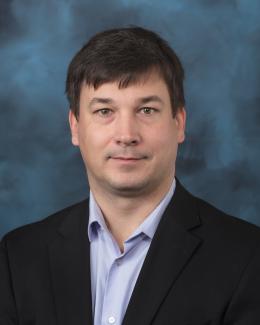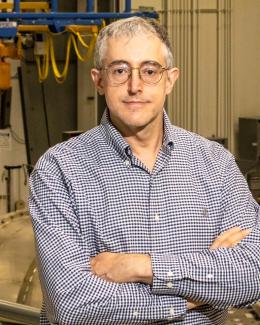Abstract
Fluid–mineral interactions can alter the pore structure and mineral composition of earth materials, sometimes leading to complete replacement of one mineral phase by another. A quantitative understanding of these processes is needed for the prediction of contaminant transport in nuclear waste management, oil and gas exploration, geothermal energy production, and in many geological processes. Currently, a detailed understanding of how the original microstructure and chemical reactivity is affecting the replacement rate and porosity development is lacking, which would enable the prediction of contaminant transport. Here, we present a systematic experimental study of limestone replacement in the model system calcite-fluorite varying both the texture and chemical reactivity of the parent rock. By combining X-ray ((U)SAXS) and neutron (ultra) small-angle scattering ((U)SANS) we quantified changes in the porosity as a function of depth within the sample and time. By shielding the samples with a set of annular Cd-masks during neutron scattering, we obtained spatially resolved porosity information. Microstructural changes were investigated using scanning electron microscopy (SEM), and composition changes were assessed using chemical imaging by time-of-flight secondary ion mass spectrometry (ToF–SIMS) and SEM-energy-dispersive X-ray spectroscopy (SEM-EDX). The replacement of limestone via fluorite takes place via advantageous pathways enhancing the available reactive surface area, e.g., fractures, accessible, interconnected porosity, nonconnected porosity grain boundaries and twin boundaries. Our results presented here emphasize the importance of a detailed structural and textural assessment of the starting material both in experimental studies and in modeling studies of natural processes to make accurate predictions about reaction rates.






